Introduction to Color Psychology
Have you ever wondered how color affects our emotions? Color psychology is based on the psychological and emotional impact that different colors have on human behavior in all areas of life. Colors have a significant psychological impact on us and can evoke various emotions, influence our mood, and even affect decision-making. Let’s talk about this in our article.
Table of Contents
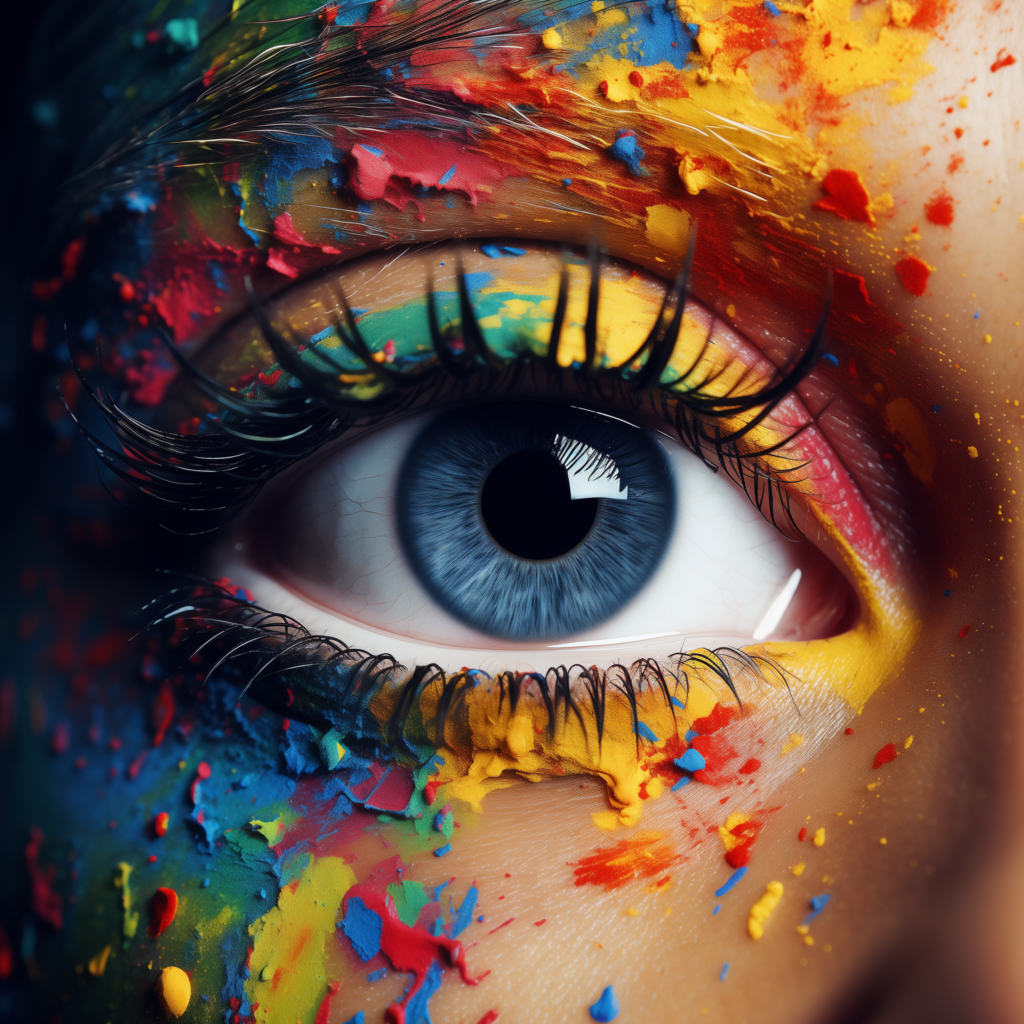
Color psychology is the study of how colors affect human emotions and behavior. It’s a fascinating field that delves into the impact colors have on our daily lives, from influencing our moods to affecting our purchasing decisions. Understanding the psychological effects of colors can help us make more informed choices in various aspects of life, including branding, marketing, interior design, and personal style.
The Basics of Color Theory
Color theory is the foundation of color psychology. It involves understanding how different colors interact with each other and how they can be combined to create pleasing visual effects.
Primary Colors
Primary colors are the basic colors from which all other colors are derived. These include red, blue, and yellow. They cannot be created by mixing other colors. More about mixing paint here ( https://mimi-panda.com/blog/tips-and-tricks-how-to-mix-paint/ )
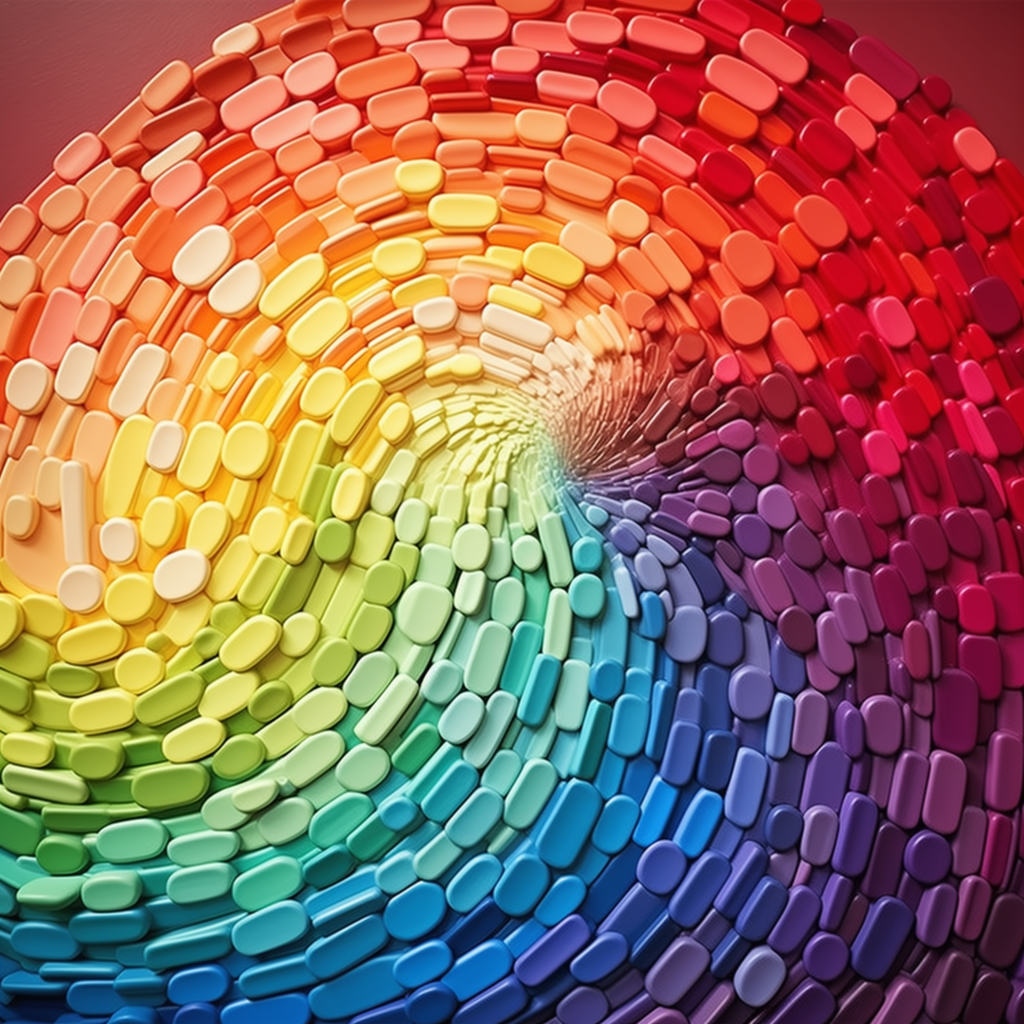
Secondary and Tertiary Colors in Palette
Secondary colors are created by mixing two primary colors. For example, mixing blue and yellow creates green. Tertiary colors are made by mixing a primary color with a secondary color.
The Color Wheel
The color wheel visually represents colors arranged according to their chromatic relationship. It’s a useful tool for understanding color harmony and the relationships between different colors.
How Colors Affect Emotions and Behavior
The psychology of color is all about understanding how different colors can evoke different emotions and behaviors.
The Psychology of Color
Color psychology explores how different hues can influence our mental state and emotions. For example, warm colors like red and yellow can create warmth and comfort, while cool colors like blue and green evoke calmness and tranquility.
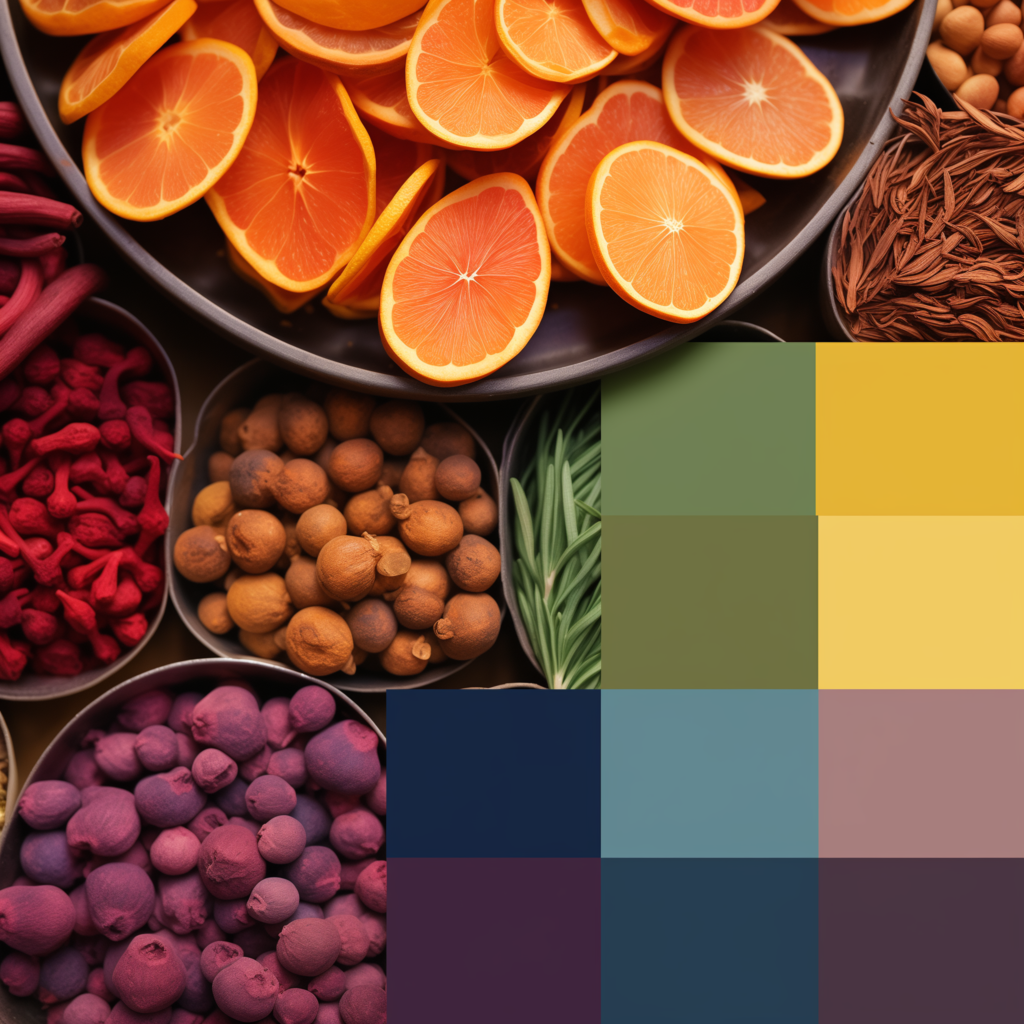
Color and Mood
Colors can significantly impact our mood. Bright colors often evoke happiness and energy, while darker colors can create a sense of melancholy or seriousness.
Cultural Differences in Color Perception
Color perception can vary widely between cultures. For example, white is often associated with purity in Western cultures but can signify mourning in some Eastern cultures.
Color Psychology in Marketing and Branding
Colors play a crucial role in marketing and branding. They can influence consumer perceptions and behaviors, making them a powerful tool for businesses.
When selecting colors for your brand or product, it’s essential to consider the context and how certain colors will resonate with your target audience. The principle of color associations plays a significant role in this process. For instance, the color red is often used in advertising to convey urgency and excitement, making it a perfect color for sales promotions and clearance events. On the other hand, the color purple is associated with luxury and creativity, making it an ideal choice for high-end brands or products that want to stand out as unique and sophisticated.
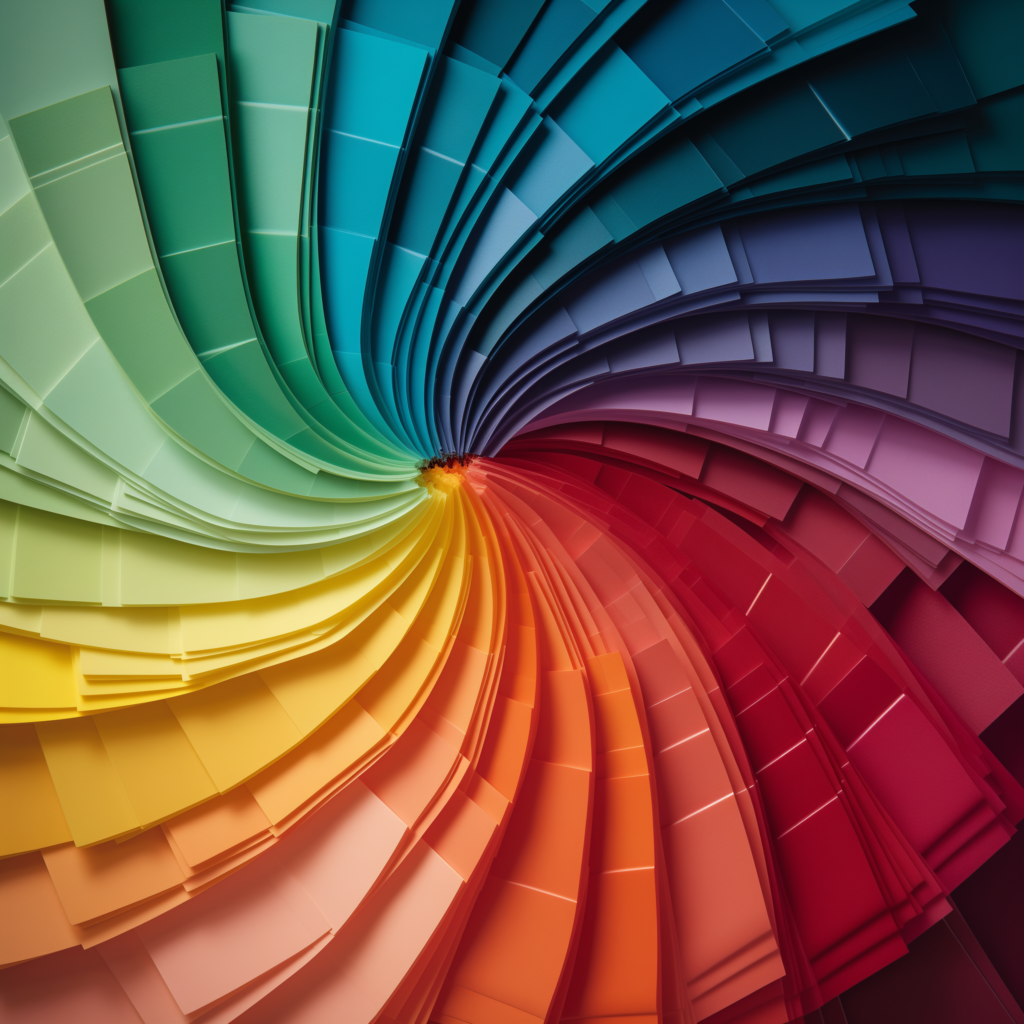
It’s important to remember that personal experiences and preferences greatly influence how customers perceive colors. For instance, a customer might have a personal preference for blue because it reminds them of the ocean, or they might associate green with eco-friendliness due to current environmental trends. These associations can vary widely, but understanding the general expectations and emotional responses tied to specific colors can help you make informed decisions. Using analogous colors, which are next to each other on the color wheel, can create a harmonious and aesthetically pleasing brand identity, while complementary colors, found opposite each other on the spectrum, can make a bold and striking statement.
Moreover, picking the perfect color for your brand should also take into account what your competitors are doing. Differentiating yourself through color can make your brand more memorable and help you stand out in a crowded marketplace. For example, if competitors are predominantly using cool colors like blue and green, using a warm, vibrant color like orange can make your brand more noticeable. However, this choice should still align with your brand’s overall aesthetic and the emotional message you want to convey to your audience.
The Role of Color in Marketing: How Brands Use Colors to Influence Consumers
In marketing, colors are used strategically to attract attention, convey messages, and evoke emotions. Different colors can be used to target specific audiences and create brand recognition.
Many brands use color psychology to their advantage. For instance, fast-food chains often use red and yellow because these colors are believed to stimulate appetite and create a sense of urgency.

Colors play a crucial role in marketing and branding, influencing consumer perceptions and emotional reactions. When creating a logo, it is important to choose colors that align with the industry and essence of the brand. For example, blue is often used in technology companies because it is associated with reliability and professionalism. Green is ideal for brands related to nature, health, and sustainability, as it symbolizes freshness and ecological purity. Red attracts attention and stimulates energy, making it a common choice in fast food and retail. Yellow evokes feelings of joy and optimism, making it a popular choice for brands that wish to convey warmth and friendliness. When selecting colors for a logo, it is important to consider the emotional impact they can have on the target audience, thereby creating a strong and memorable brand.
Several brands have successfully used color psychology to create strong brand identities. For example, Coca-Cola’s red is associated with excitement and energy, while Starbucks’ green signifies calmness and reliability.
Understanding Color Meanings
Each color carries its own meaning and can evoke specific emotions.
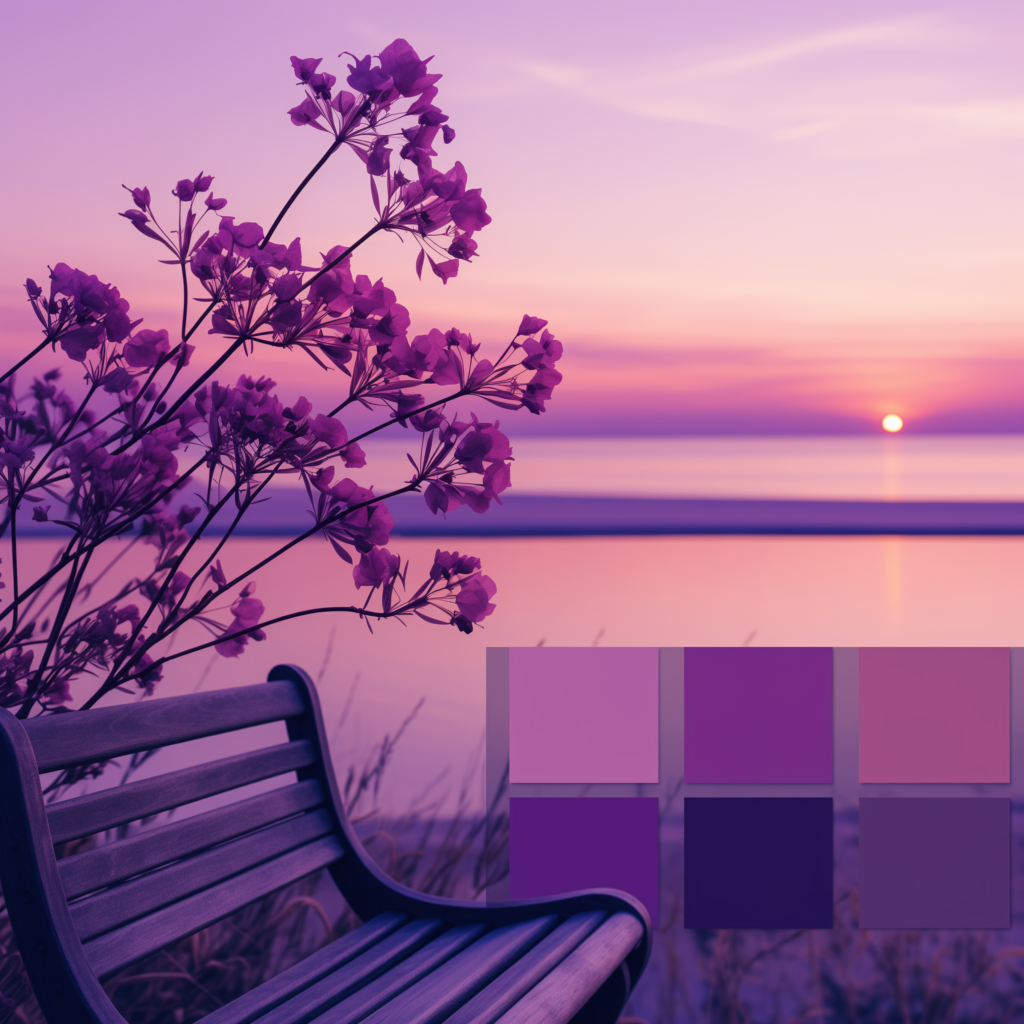
What Do Different Colors Mean?
- Red: Passion, energy, urgency
- Blue: Calmness, trust, professionalism
- Green: Growth, health, tranquility
- Yellow: Happiness, warmth, caution
- Purple: Luxury, creativity, mystery
- Orange: Enthusiasm, excitement, warmth
- Black: Sophistication, elegance, power
- White: Purity, simplicity, cleanliness
A color meanings chart can be a handy reference tool for understanding different colors’ emotional and psychological associations.
Emotional Impact of Specific Colors
- Red Color Psychology
- Blue Color Psychology
- Green Color Psychology
- Yellow Color Psychology
- Purple Color Psychology
- Orange Color Psychology
- Black and White Color Psychology
Red is a powerful color that can evoke strong emotions. It is often associated with passion, energy, and urgency. In marketing, red can be used to create a sense of excitement and attract attention.
Blue is a calming color that symbolizes trust and professionalism. It is often used in corporate branding to convey reliability and stability. Blue can also promote a sense of calm and tranquility.
Green is associated with growth, health, and tranquility. It is commonly used in branding for products related to nature, health, and wellness. Green can create a sense of balance and harmony.
Yellow is a cheerful color that evokes happiness and warmth. However, it can also be associated with caution. In marketing, yellow can attract attention and create a sense of optimism.
Purple is often linked to luxury, creativity, and mystery. It is used in branding to convey a sense of elegance and sophistication. Purple can also stimulate creativity and imagination.
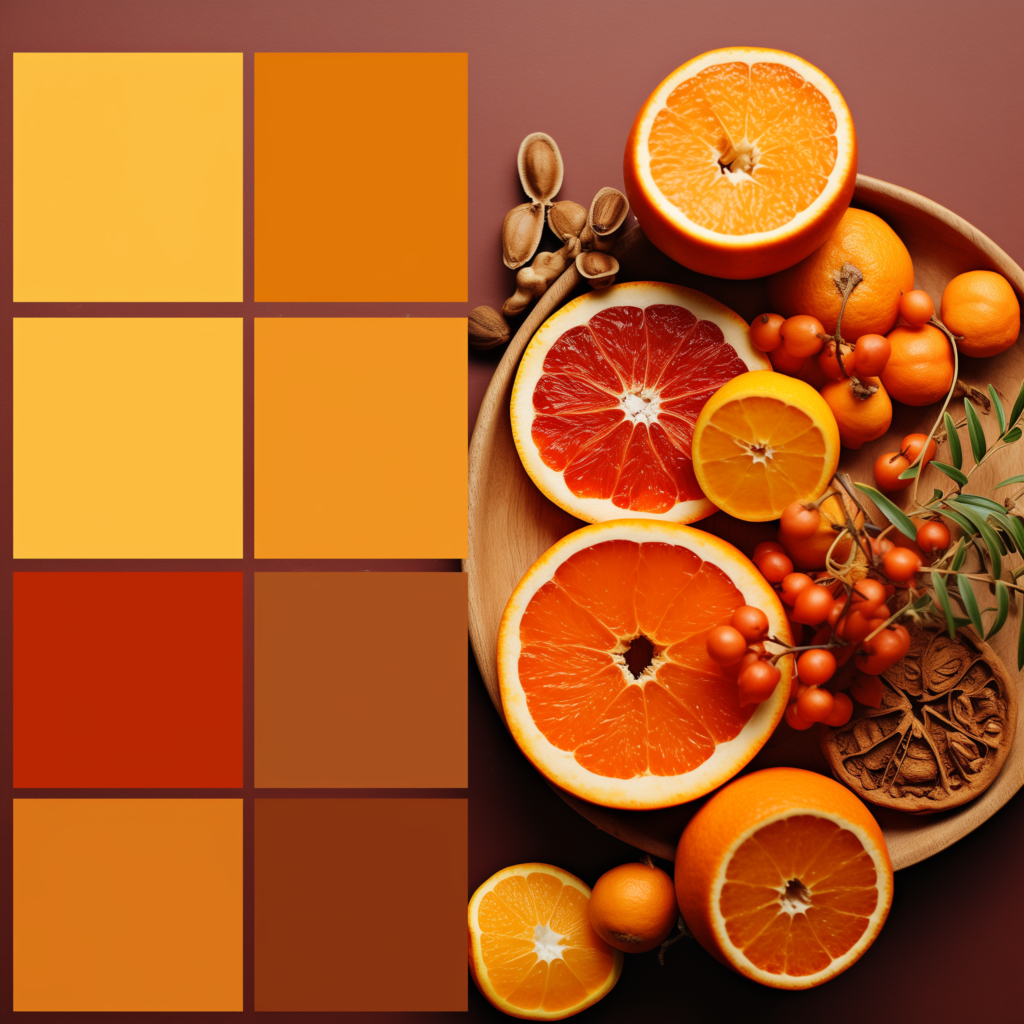
Orange is an energetic and enthusiastic color. It combines the warmth of red and the cheerfulness of yellow. Orange can be used in marketing to create a sense of excitement and encourage action.
Black is associated with sophistication, elegance, and power. It can create a sense of mystery and exclusivity. White symbolizes purity, simplicity, and cleanliness. It is often used to create a sense of space and minimalism.
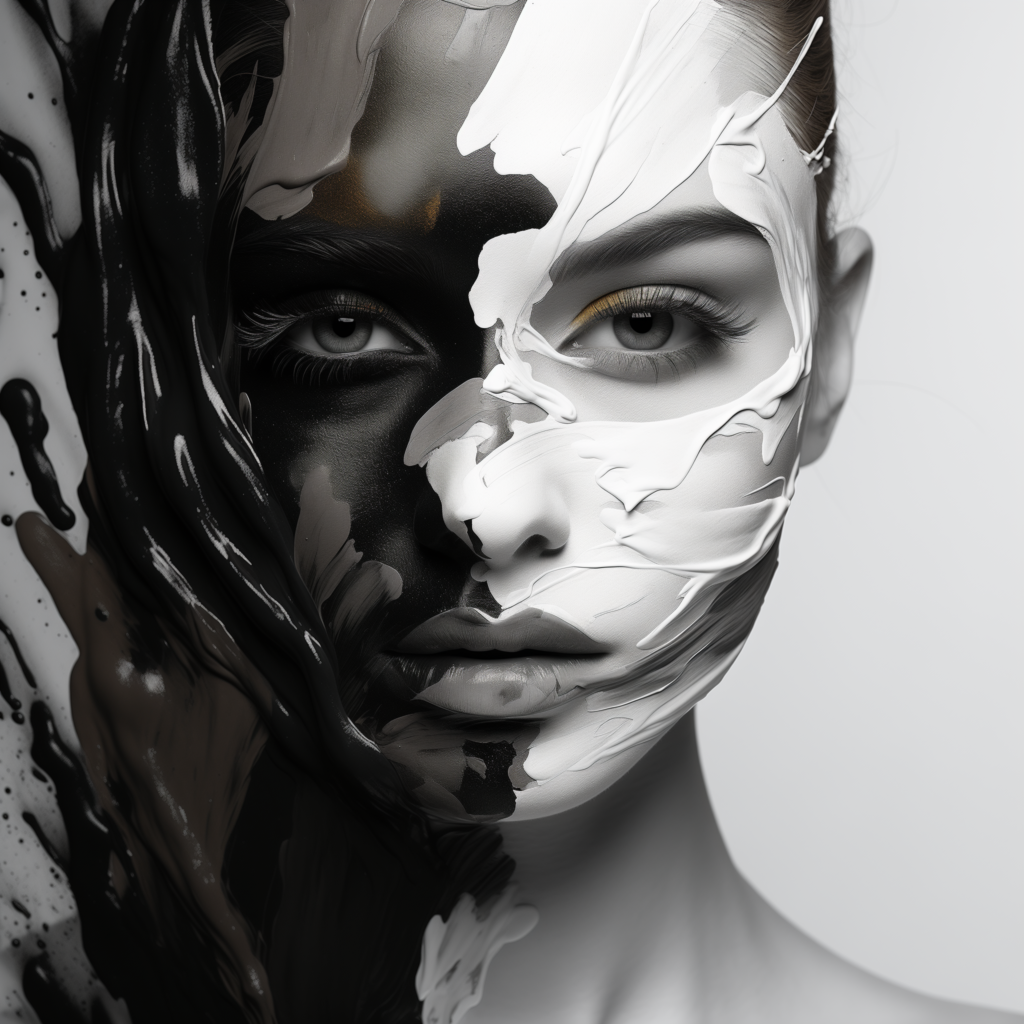
Creating a Color Psychology Chart
A color psychology chart visually represents different colors’ emotional and psychological associations.
How to Develop a Color Psychology Chart
To create a color psychology chart, list the colors and their corresponding meanings. Use visuals to make the chart engaging and easy to understand.
Effective color psychology charts are clear, visually appealing, and provide valuable insights into the emotional impact of different colors.
Color and Consumer Behavior
Colors can significantly influence consumer behavior and buying decisions.
How Color Influences Buying Decisions
Colors can evoke emotions that influence purchasing decisions. For example, red can create a sense of urgency, encouraging impulse purchases (sales are often red-marked).
The Psychological Effects of Color on Human Behavior
Colors can affect human behavior by influencing emotions and perceptions. For instance, blue can promote calmness and trust, making it suitable for corporate settings.
Color Psychology in Interior Design
Using color psychology in interior design can create desired moods and atmospheres.
Using Colors to Create Mood
Different colors can be used to create specific moods in a space. Warm colors like red and orange can make a room feel cozy, while cool colors like blue and green can make it feel serene.
Practical Tips for Applying Color Psychology in Interior Design
When applying color psychology in interior design, consider the function of the space and the emotions you want to evoke. Use a balanced color palette to create harmony.
Color Psychology in Web Design
Color plays a crucial role in web design, affecting user experience and engagement.
The Importance of Color in User Experience
Colors can impact how users perceive and interact with a website. A well-chosen color scheme can enhance usability and create a positive user experience.
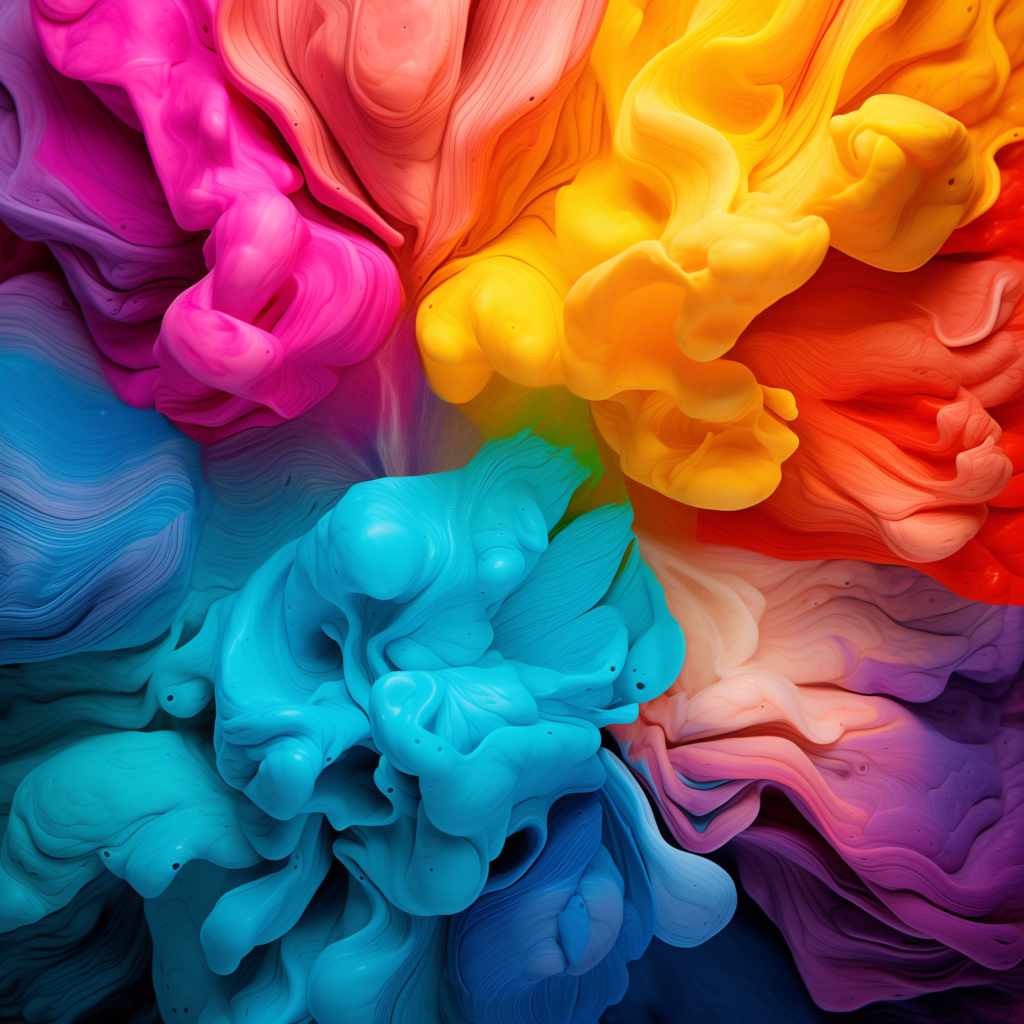
Best Practices for Using Color in Web Design
When using color in web design, consider accessibility, branding, and user preferences. Use contrasting colors for text and background to ensure readability.
Color Psychology Tests and Tools
Several tests and tools can help explore color psychology.
- Luscher Color Test
- Other Popular Color Psychology Tests
The Luscher Color Test is a popular tool for assessing personality based on color preferences. It can provide insights into emotional states and behavior.
Other color psychology tests, such as the Color Emotion Guide and the Color Wheel Test, can help understand the emotional impact of colors.
The Future of Color Psychology
Color psychology is continually evolving, with new trends and technologies emerging.
Emerging Trends
Current trends in color psychology include the use of digital tools to analyze color preferences and the integration of color psychology into virtual and augmented reality.
Technological Advances in Color Psychology
Advances in technology, such as AI and machine learning, are enhancing our understanding of color psychology and its applications.
Conclusion
Color psychology is a fascinating field that explores the impact of colors on emotions and behavior. By understanding the meanings and psychological effects of colors, we can make more informed choices in various aspects of life, from branding and marketing to interior design and personal style.
FAQs
You can use color psychology in your home by selecting colors that create the desired mood and atmosphere. For example, use calming colors like blue and green in bedrooms and energizing colors like red and yellow in living spaces.
Different colors can evoke different moods. For example, warm colors like red and yellow can create feelings of warmth and excitement, while cool colors like blue and green can promote calmness and relaxation.
In marketing, colors are used strategically to attract attention, convey messages, and evoke emotions. Brands use colors to influence consumer perceptions and behavior.
Green is associated with growth, health, and tranquility. It is often used in branding for products related to nature, health, and wellness.
Color psychology is the study of how colors affect human emotions and behavior. It explores the psychological and emotional impact of different colors.